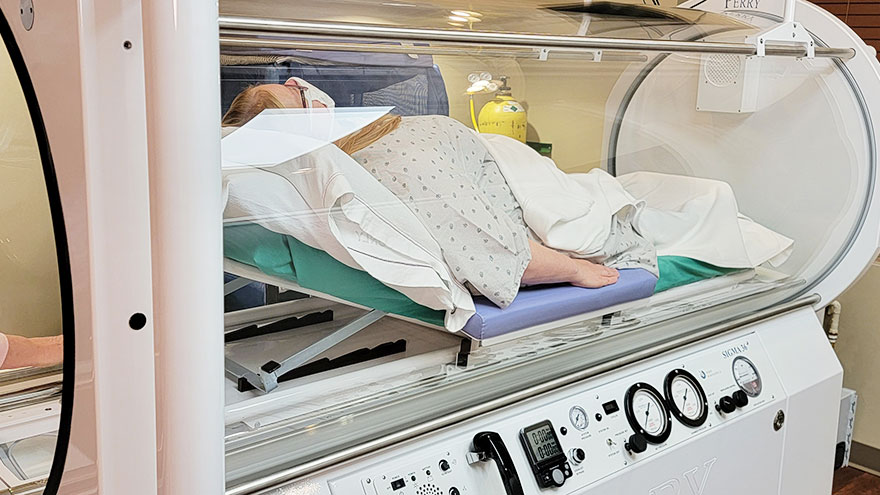Introduction
Altitude sickness, also known as acute mountain sickness (AMS), is a condition that occurs when individuals ascend to high altitudes too quickly, leading to a decrease in oxygen levels and resulting in various symptoms. Oxygen therapy has proven to be an effective strategy for preventing and treating sickness, ensuring a safer and more enjoyable experience at high elevations.
Understanding Altitude Sickness
Altitude sickness commonly occurs when ascending to altitudes above 8,000 feet (2,400 meters), where oxygen levels are lower. Symptoms can include headaches, nausea, vomiting, dizziness, shortness of breath, and fatigue. Severe forms of altitude sickness, such as high-altitude pulmonary edema (HAPE) and high-altitude cerebral edema (HACE), can be life-threatening.
Preventive Oxygen Therapy
Preventive oxygen therapy involves administering supplemental oxygen to individuals before and during their ascent to high altitudes. This approach aims to maintain adequate oxygen saturation levels and mitigate the effects of decreased oxygen pressure at higher elevations.
Preventing AMS Symptoms
Using oxygen therapy before reaching high altitudes can help prevent the onset of AMS symptoms. Individuals planning to travel to high-altitude destinations can undergo pre-acclimatization sessions with oxygen therapy a day or two before ascending. This helps the body adjust to lower oxygen levels and reduces the likelihood of AMS symptoms.
Treating Altitude Sickness
For individuals already experiencing altitude sickness symptoms, oxygen therapy can provide rapid relief. Inhalation of supplemental oxygen increases oxygen saturation levels, alleviating symptoms like headaches and shortness of breath. This allows affected individuals to recover more quickly and continue their ascent if necessary.
Descending and Oxygen Therapy
In severe cases of altitude sickness, descending to lower elevations is the most effective treatment. Oxygen therapy can be administered during the descent to support recovery and prevent symptoms from worsening. It aids in reversing the effects of hypoxia and improving overall oxygenation.
Oxygen Therapy in High-Altitude Emergencies
In life-threatening cases of altitude sickness, such as HAPE or HACE, oxygen therapy is a critical component of treatment. It is used to stabilize the patient’s condition, improve oxygen delivery to tissues, and support the body’s ability to cope with the altitude-related challenges.
Monitoring Oxygen Saturation
Oxygen therapy for sickness involves closely monitoring oxygen saturation levels using pulse oximeters. This helps healthcare providers determine the effectiveness of the therapy and adjust the oxygen flow rate as needed.
Working with Healthcare Professionals
Individuals planning to travel to high-altitude locations should consult healthcare professionals familiar with sickness. They can provide guidance on preventive measures, oxygen therapy protocols, and proper response to symptoms.
Promoting Safer High-Altitude Experiences
Oxygen therapy plays a pivotal role in preventing and managing sickness, making high-altitude travel safer and more enjoyable. Whether used as a preventive measure before ascent or as a treatment during descent, oxygen therapy supports the body’s ability to adapt to changing oxygen levels and reduces the risk of altitude-related complications.
Conclusion
Altitude sickness can pose significant challenges to individuals ascending to high altitudes. Oxygen therapy is an effective strategy for preventing and treating sickness symptoms, ensuring a smoother adjustment to lower oxygen levels and reducing the risk of severe complications. By promoting oxygen saturation and supporting the body’s respiratory needs, oxygen therapy enhances the overall experience of traveling to high-altitude destinations.

